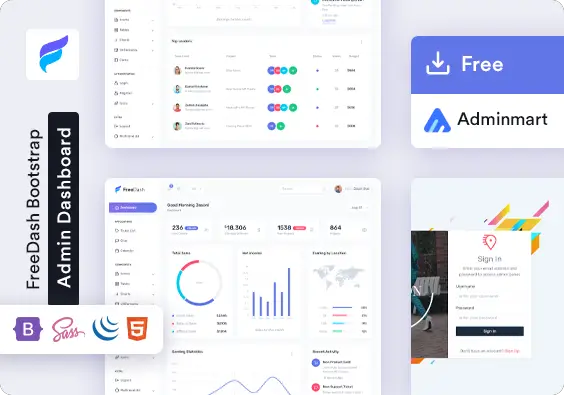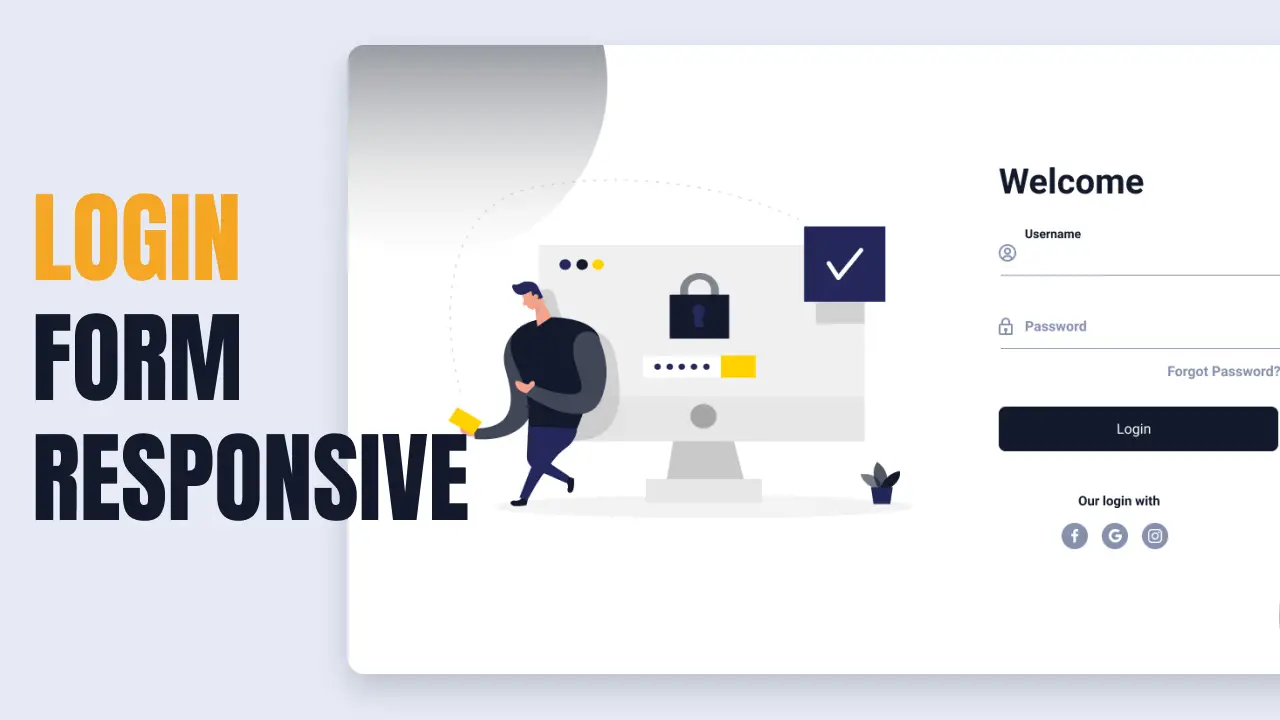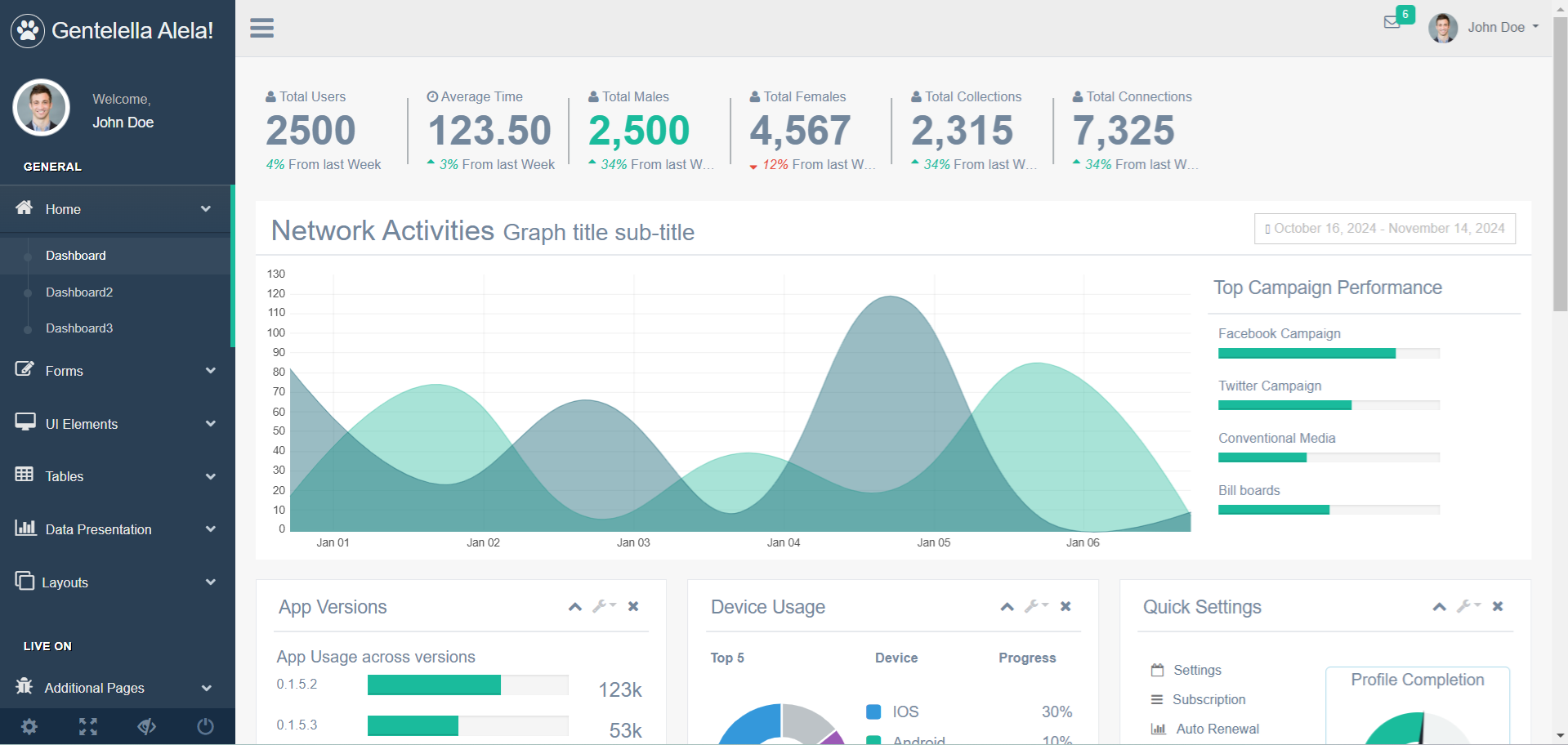How to Transfer Information between Forms in C#
By Tan Lee Published on Jul 18, 2017 5.96K
How to Transfer data between forms in C#?
Open Visual Studio, then click New Project, then select Visual C# on the left, then Windows and then select Windows Forms Application. Name your project "TransferInformationExample" and then click OK
Drag and drop the Label, TextBox and Button controls from the Visual Toolbox onto your form designer, then design your form as shown below.
Form1

Form2

Set public properties in the second form and assign values from the first form before showing it
For example, Using Public Properties
Form1.cs
using System;
using System.Collections.Generic;
using System.ComponentModel;
using System.Data;
using System.Drawing;
using System.Linq;
using System.Text;
using System.Threading.Tasks;
using System.Windows.Forms;
namespace TransferInformationExample
{
public partial class Form1 : Form
{
public Form1()
{
InitializeComponent();
}
private void btnRetrieve_Click(object sender, EventArgs e)
{
//Open form 2, then retrieve value
using(Form2 frm = new Form2())
{
if (frm.ShowDialog() == DialogResult.OK)
txtValue.Text = frm.GetValueInForm2;
}
}
}
}Form2.cs
using System;
using System.Collections.Generic;
using System.ComponentModel;
using System.Data;
using System.Drawing;
using System.Linq;
using System.Text;
using System.Threading.Tasks;
using System.Windows.Forms;
namespace TransferInformationExample
{
public partial class Form2 : Form
{
//Get value from textbox
public string GetValueInForm2
{
get
{
return txtValue.Text;
}
}
public Form2()
{
InitializeComponent();
}
}
}For example, Passing Data Through Constructor
You can also pass data to the second form via its constructor when creating an instance of it.
Form1.cs
public partial class Form1 : Form
{
public Form1()
{
InitializeComponent();
}
// Pass data via constructor
private void btnOpenForm2_Click(object sender, EventArgs e)
{
string input = txtInput.Text; // Data from Form1
using(Form2 form2 = new Form2(input)){
form2.ShowDialog();
}
}
}
Form2.cs
public partial class Form2 : Form
{
public Form2(string text)
{
InitializeComponent();
lblDisplay.Text = text; // Use the received data
}
}
Create a shared static class or use static variables for data that multiple forms can access.
For example, Using a Shared Class or Static Variables
Common.cs
public static class Common
{
public static string Data { get; set; }
}Form1.cs
private void btnOpenForm2_Click(object sender, EventArgs e)
{
Common.Data = txtInput.Text; // Store data
Form2 form2 = new Form2();
form2.Show();
}Form2.cs
private void Form2_Load(object sender, EventArgs e)
{
lblDisplay.Text = Common.Data; // Retrieve data
}Use events to notify and send data between forms dynamically.
For example, Using Events or Delegates
Form2.cs
public partial class Form2 : Form
{
public delegate void DataSentHandler(string data);
public event DataSentHandler DataSent;
private void btnSendBack_Click(object sender, EventArgs e)
{
DataSent?.Invoke(txtInput.Text); // Send data to Form1
this.Close();
}
}
Form1.cs
private void btnOpenForm2_Click(object sender, EventArgs e)
{
Form2 form2 = new Form2();
form2.DataSent += Form2_DataSent; // Subscribe to the event
form2.Show();
}
private void Form2_DataSent(string data)
{
lblDisplay.Text = data; // Receive and display data from Form2
}VIDEO TUTORIAL
- How to Open and Show a PDF file in C#
- How to Get all Forms and Open Form with Form Name in C#
- How to zoom an image in C#
- How to Print a Picture Box in C#
- How to update UI from another thread in C#
- How to Search DataGridView by using TextBox in C#
- How to read and write to text file in C#
- How to save files using SaveFileDialog in C#





